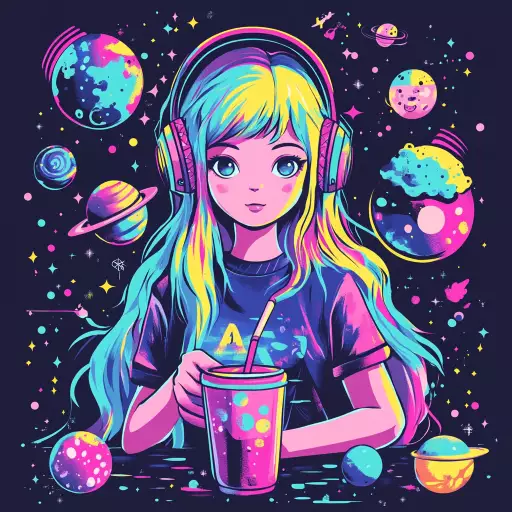Explore the Best AI Image Gallery

AI Lens: Revolutionizing Product Photography
Product photography has long been a cornerstone of e-commerce, influencing consumer purchasing decisions. In recent years, artificial intelligence (AI) has emerged as a transformative force, revolutionizing the way products are captured and presented online. From automating tedious tasks to generating stunning visuals, AI is reshaping the creative landscape of product photography.
Applications of AI in Product Photography
- Image Generation: AI algorithms can generate realistic product images from scratch, eliminating the need for physical shoots for certain products or variations. This opens up possibilities for creating diverse and unique visuals without the logistical constraints of traditional photography.
- Style Transfer: AI-powered style transfer tools allow photographers to apply artistic styles to existing product images, adding a creative flair and differentiating them from the competition.
- Background Removal: AI can automatically detect and remove backgrounds from product images, creating clean and professional shots for online catalogs or social media marketing. This saves time and effort compared to manual editing.
- Image Enhancement: AI algorithms can enhance image quality by adjusting brightness, contrast, sharpness, and color balance, resulting in visually appealing and polished product images.
- 3D Product Visualization: AI is enabling the creation of interactive 3D models from product images, allowing customers to virtually explore products from different angles and customize them.
The Ethical Implications
While AI offers numerous benefits for product photography, it also raises ethical considerations that need careful attention:
- Bias in Algorithms: AI algorithms are trained on massive datasets, which can potentially contain biases that reflect societal stereotypes or prejudices. This can result in unfair or inaccurate representations of products and impact consumer perceptions.
- Authenticity and Transparency: The use of AI-generated images raises questions about authenticity and transparency. It is crucial to clearly disclose when AI has been used in the creation of product visuals to maintain consumer trust.
- Job Displacement: The automation capabilities of AI may lead to job displacement for photographers and image editors. It is essential to consider the societal impact and explore ways to reskill or upskill workers in response to these changes.
Future Trends in AI-Powered Product Photography
The future of product photography is undoubtedly intertwined with the continued advancements in AI. Here are some emerging trends to watch:
- Hyper-Personalization: AI will enable the creation of highly personalized product images tailored to individual customer preferences, demographics, and purchase history.
- Augmented Reality (AR) Integration: AI will enhance AR experiences by enabling customers to virtually try on products, visualize them in their homes, or interact with them in immersive ways.
- Predictive Analytics: AI will analyze product image data and consumer behavior to predict trends, identify popular styles, and inform product development strategies.
- Ethical Frameworks: The industry will continue to develop ethical guidelines and best practices for the responsible use of AI in product photography, addressing concerns about bias, transparency, and job displacement.
Conclusion
AI is poised to revolutionize product photography, empowering businesses to create stunning visuals, personalize experiences, and gain valuable insights. By embracing these advancements while prioritizing ethical considerations, the creative industry can harness the transformative power of AI to enhance product presentation and captivate consumers in the digital age.